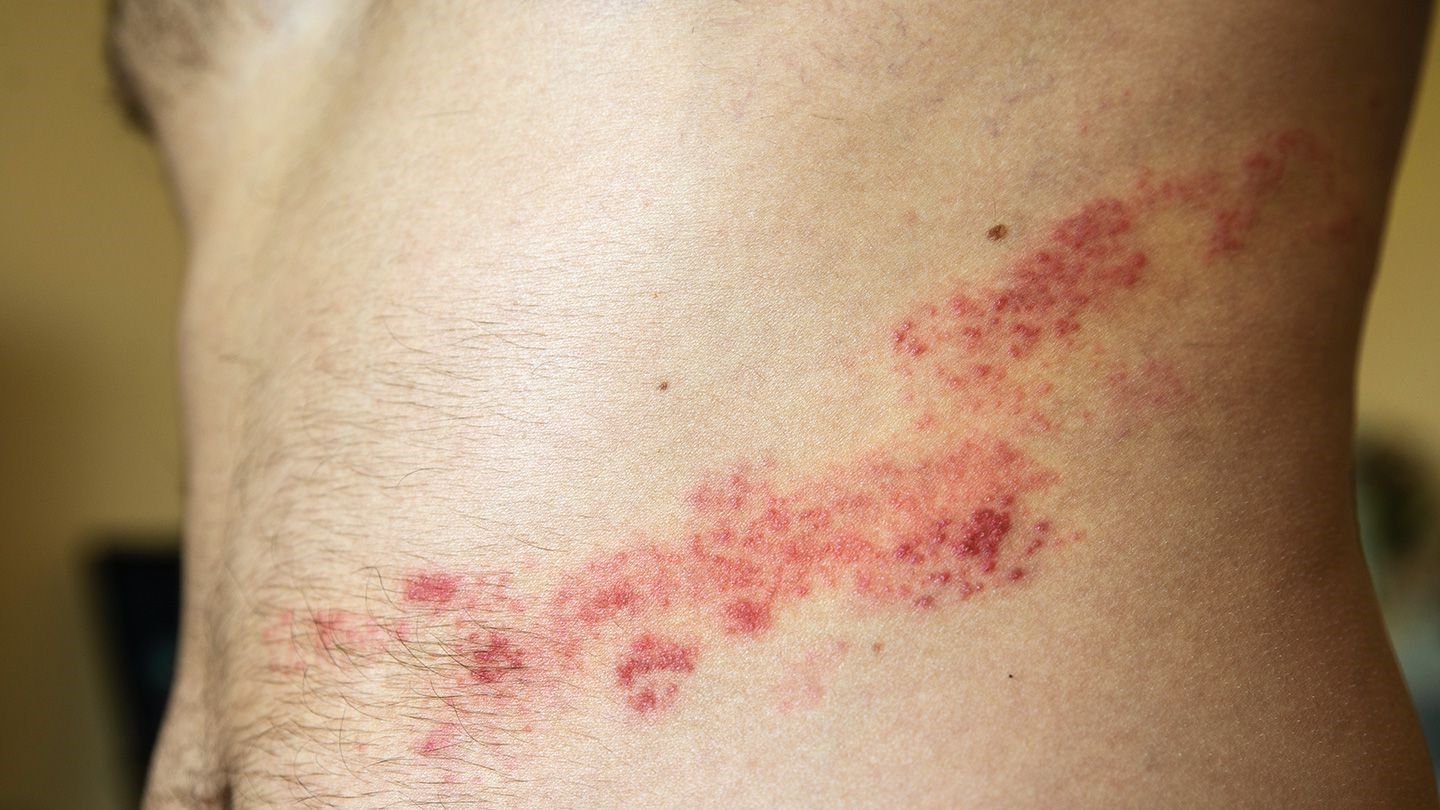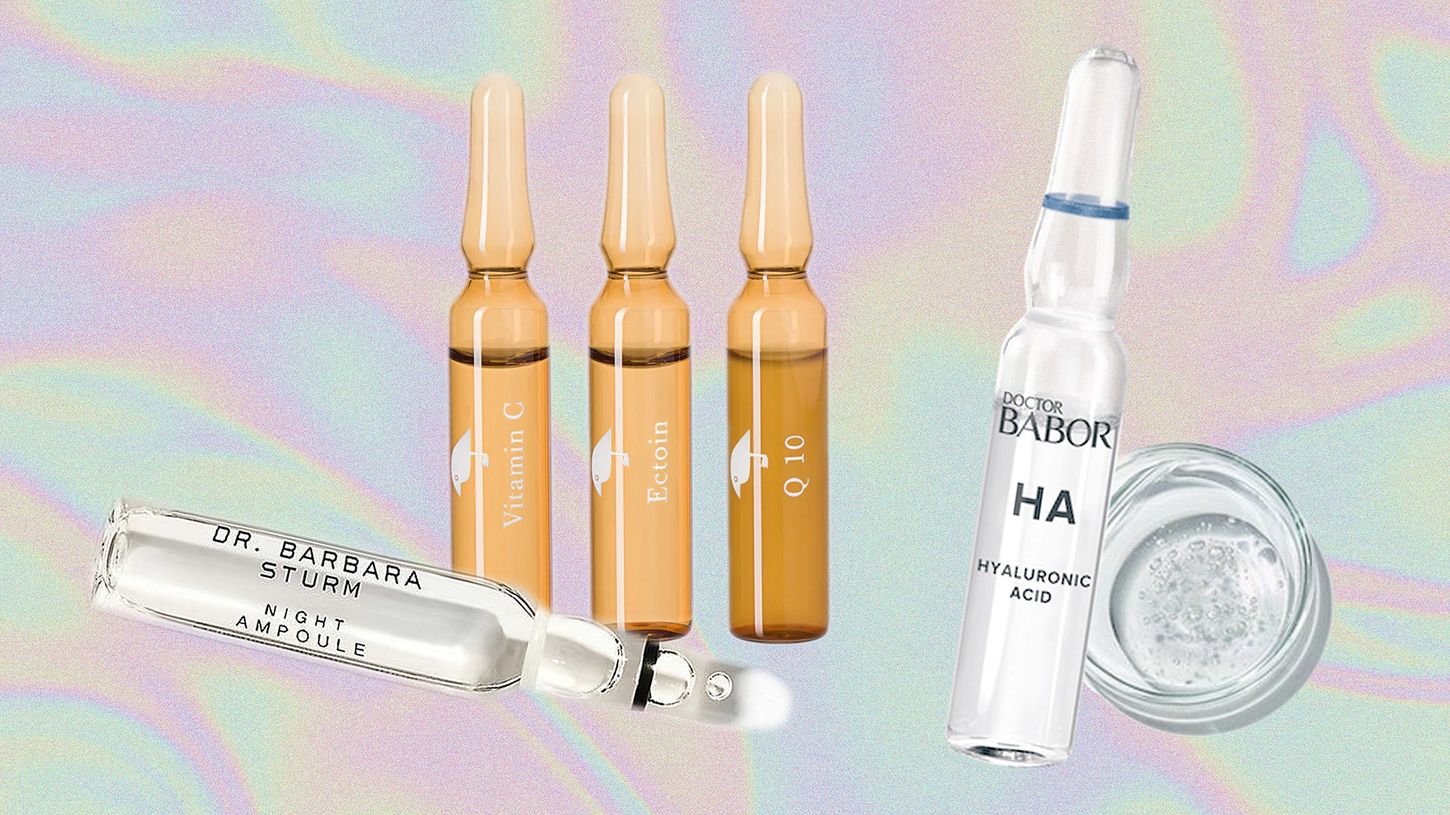
Shingles, also known as herpes zoster, is a viral infection that causes a painful rash. It stems from the varicella-zoster virus, the same virus responsible for chickenpox. Once someone has had chickenpox, the virus stays dormant in their nerve tissues and can reactivate years later as shingles. This condition often affects older adults or those with weakened immune systems. Symptoms include a red rash, blisters, itching, and sometimes fever or headache. Early treatment can help reduce the severity and duration of the symptoms. Understanding shingles is crucial for prevention and management, especially since it can lead to complications like postherpetic neuralgia.
What is Shingles?
Shingles, also known as herpes zoster, is a viral infection that causes a painful rash. It’s caused by the varicella-zoster virus, the same virus responsible for chickenpox. Here are some intriguing facts about shingles.
-
Shingles typically appears as a single stripe of blisters that wraps around either the left or right side of the torso. This rash is often very painful.
-
The varicella-zoster virus remains dormant in nerve tissue after someone recovers from chickenpox. Years later, the virus can reactivate as shingles.
-
Not everyone who has had chickenpox will develop shingles. However, the risk increases with age, especially after 50.
-
Shingles can occur anywhere on the body, but it most commonly affects the torso and face. The rash usually follows the path of a single nerve.
-
Early symptoms of shingles include pain, itching, or tingling in the area where the rash will develop. This can happen several days before the rash appears.
Symptoms and Complications
Understanding the symptoms and potential complications of shingles can help in early diagnosis and treatment.
-
The rash from shingles usually forms blisters that scab over in 7 to 10 days. It typically clears up within 2 to 4 weeks.
-
Some people experience fever, headache, chills, and upset stomach along with the rash. These symptoms can vary in intensity.
-
Postherpetic neuralgia (PHN) is a common complication of shingles. It causes severe pain in the areas where the shingles rash occurred, lasting long after the rash has healed.
-
PHN is more likely to occur in older adults. The pain from PHN can be intense and debilitating, sometimes lasting for months or even years.
-
In rare cases, shingles can lead to serious complications such as vision loss, if it affects the eye, or neurological problems, if it affects the brain.
Risk Factors and Prevention
Knowing the risk factors and preventive measures can help reduce the chances of developing shingles.
-
Age is a significant risk factor. People over 50 are more likely to develop shingles.
-
A weakened immune system can increase the risk of shingles. This includes people with HIV, cancer, or those undergoing chemotherapy.
-
Stress and trauma can also trigger the reactivation of the varicella-zoster virus, leading to shingles.
-
There is a vaccine available to help prevent shingles. The Shingrix vaccine is recommended for adults over 50 and is more than 90% effective.
-
Even if you've had shingles before, getting vaccinated can help prevent future occurrences and reduce the severity of symptoms if it does recur.
Treatment and Management
Effective treatment and management strategies can alleviate symptoms and prevent complications.
-
Antiviral medications can help reduce the severity and duration of shingles if taken within 72 hours of the rash appearing.
-
Pain management is crucial for shingles patients. Over-the-counter pain relievers, prescription medications, and topical creams can help manage pain.
-
Keeping the rash clean and dry can prevent secondary bacterial infections. Avoid scratching or picking at the blisters.
-
Cool, wet compresses can help soothe the rash and reduce itching. Applying calamine lotion can also provide relief.
-
Rest and stress reduction are important for recovery. Adequate sleep and relaxation techniques can support the healing process.
Myths and Misconceptions
Clearing up common myths and misconceptions about shingles can lead to better understanding and awareness.
-
Shingles is not contagious in the same way as chickenpox. You can't catch shingles from someone else, but you can catch chickenpox from someone with shingles if you haven't had chickenpox before.
-
Shingles is not caused by poor hygiene. It’s the reactivation of a virus already present in the body.
-
Having shingles once does not guarantee immunity. Some people can experience shingles more than once.
-
Shingles is not just a skin condition. It affects the nerves and can cause significant pain and discomfort.
-
The shingles vaccine is safe and effective. Side effects are generally mild and temporary, such as soreness at the injection site.
Impact on Daily Life
Shingles can significantly impact daily activities and overall quality of life.
-
The pain from shingles can interfere with daily tasks, making it difficult to work, exercise, or even sleep.
-
Emotional stress from dealing with shingles can lead to anxiety and depression. Support from family and friends is crucial.
-
Shingles can affect vision if the rash develops near the eyes. Prompt medical attention is necessary to prevent permanent damage.
-
Some people may experience lingering fatigue and weakness even after the rash has healed.
-
Adjustments to daily routines, such as taking breaks and managing stress, can help cope with the symptoms of shingles.
Shingles in Different Populations
Shingles can affect various populations differently, including children, pregnant women, and immunocompromised individuals.
-
While rare, children can get shingles, especially if they had chickenpox before their first birthday.
-
Pregnant women with shingles need to be cautious. While shingles itself is not harmful to the baby, the varicella-zoster virus can cause complications if the mother develops chickenpox.
-
Immunocompromised individuals are at higher risk for severe shingles and complications. They should seek medical advice promptly if they suspect shingles.
-
People with chronic illnesses, such as diabetes, are also at increased risk for shingles and its complications.
-
Caregivers and family members of those with shingles should practice good hygiene to avoid spreading the virus to those who haven't had chickenpox.
Historical and Cultural Perspectives
Shingles has been recognized and treated in various ways throughout history and across cultures.
-
Ancient Greek physicians documented cases of shingles, referring to it as "zoster," meaning girdle or belt.
-
Traditional Chinese medicine has used herbal remedies and acupuncture to treat shingles symptoms for centuries.
-
In medieval Europe, shingles was often mistaken for other skin conditions, leading to various folk remedies and superstitions.
-
Indigenous cultures in North America used natural remedies, such as plant extracts, to soothe the pain and inflammation of shingles.
-
Modern medicine has significantly improved the understanding and treatment of shingles, leading to better outcomes for patients.
Research and Future Directions
Ongoing research continues to improve our understanding of shingles and develop better treatments.
-
Scientists are studying the genetic factors that may influence susceptibility to shingles and its complications.
-
New antiviral medications are being developed to provide more effective treatment options for shingles.
-
Research is also focused on improving vaccines to provide longer-lasting protection against shingles.
-
Studies are exploring the link between shingles and other health conditions, such as cardiovascular disease and stroke.
-
Advances in pain management techniques are helping to provide better relief for those suffering from postherpetic neuralgia.
Personal Stories and Experiences
Hearing from those who have experienced shingles can provide valuable insights and support.
-
Many people describe the pain of shingles as burning, stabbing, or throbbing, often making it difficult to concentrate or sleep.
-
Some individuals find that the emotional toll of shingles is just as challenging as the physical symptoms, leading to feelings of isolation and frustration.
-
Support groups and online communities can offer a sense of connection and understanding for those dealing with shingles.
-
Sharing personal stories can help raise awareness about shingles and encourage others to seek vaccination and early treatment.
-
Learning from others' experiences can provide practical tips and coping strategies for managing the symptoms and challenges of shingles.
Final Thoughts on Shingles
Shingles, caused by the varicella-zoster virus, affects many people worldwide. Knowing the symptoms, such as painful rashes and blisters, can help in seeking timely medical advice. Vaccination remains the best preventive measure, especially for older adults. Treatments like antiviral medications can reduce the severity and duration of the illness. Understanding the risk factors, including age and weakened immune systems, helps in taking proactive steps. Remember, shingles isn't just a rash; it can lead to complications like postherpetic neuralgia, which causes long-term pain. Staying informed and vigilant about your health is key. If you or someone you know shows signs of shingles, consult a healthcare provider promptly. Early intervention can make a significant difference. Stay educated, stay healthy, and don't let shingles catch you off guard.
Was this page helpful?
Our commitment to delivering trustworthy and engaging content is at the heart of what we do. Each fact on our site is contributed by real users like you, bringing a wealth of diverse insights and information. To ensure the highest standards of accuracy and reliability, our dedicated editors meticulously review each submission. This process guarantees that the facts we share are not only fascinating but also credible. Trust in our commitment to quality and authenticity as you explore and learn with us.


